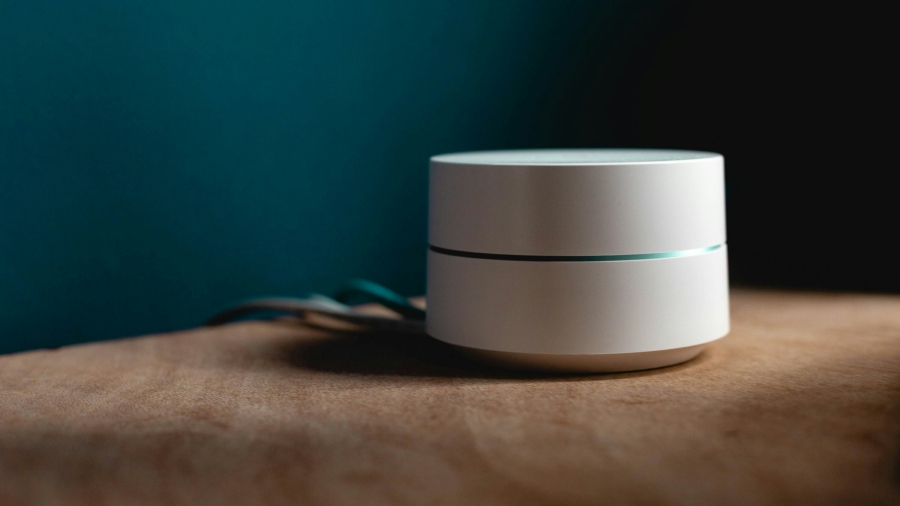How to Upgrade WiFi Router Platform-Agnostically
Upgrading a router every few years takes more than what it should. The price tag on these machines is generally on par with entry-level smartphones, and smartphones with the average upgrade cycle of 4 years have better upgradability and migration softwares. Not to mention, all the manufacturers are eager to support migration away from the competitors. Routers, from my experience, don’t do that.
This is more or less a checklist for household routers; if you are in an office environment, please don’t tweak networking equipments before consulting someone from IT. For various reasons, you might switch around the sequences of how to install the devices. The goal here is to keep it minimal; upgrading only the router without needing to reconfigure all the devices in the network.
From the Older Device
Good screenshots would do, so no need to worry about jotting it down on a notepad. In fact, copy-pasting it to a text editor may not even work properly, as different router firmwares may not follow the same syntaxes even if they are the same information.
- Current WiFi setup: SSID, password, WPA versions, channels, and etc.
- Current DHCP setup: router IP, pool of available addresses, DNS, and etc.
- Current static IP setup: NAS, other networking devices, and etc.
- Possible other features include: VPN server, DDNS, and etc.
- (opt.) If possible, create a backup file of your current configuration.
If your router, especially mesh router, supports factory reset from web management or an app, do so now. Otherwise you will be pushing reset button on every satellites by hand. Once they are all powered down and removed physically from network, turn off your modem as well.
To the New Device
This is where I was caught off guard. The latest consumer routers have way more protection mechanisms than it should, and it inadvertently got in the ways to upgrading. If you are upgrading to a mesh system, connect only the main router —or equivalent node— and power it on. Some routers require smartphone activations from app, do keep that in mind.
The other thing I want to emphasize, —it can haunt you in the long run— do not connect other devices to the WiFi until DHCP setting is settled. I had mine running all over the place, as the router was assigning them more liberally than I would have thought. The static IP was also a problem, as the new router simply lacked the button to release the DHCP addresses to reassign the address.
- Create a temporary WiFi setup to copy WiFi* and DHCP setup from a device.
- Copy WiFi setup: SSID, password, WPA versions, channels, and etc.
- Copy DHCP setup: router IP, pool of available addresses, DNS, and etc.
- (excl. to mesh) Connect the satellites and power them on.
- Copy static IP setup: NAS, other networking devices, and etc.
- Copy possible other features include: VPN server, DDNS, and etc.
* Setup wizard may refuse to use the SSID if it finds the same name being broadcasted. As we are doing exactly that, reusing the same SSID, the wizard may need a temporary SSID.
If it is working as expected, then it is a good time to remove the backup configuration file for the old router. In my case, IoT devices generally had more trouble connecting to a new router. As they share the same SSID, devices should not have problems connecting to the new one. I take it that some of the IoT manufacturers had different ideas of how to incorporate WiFi.
